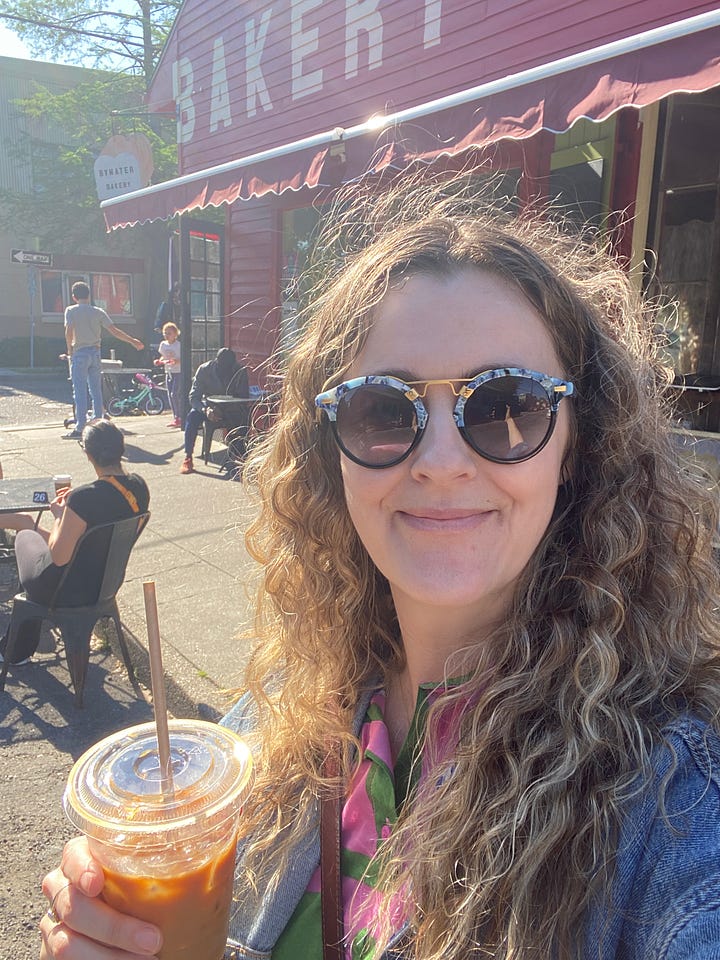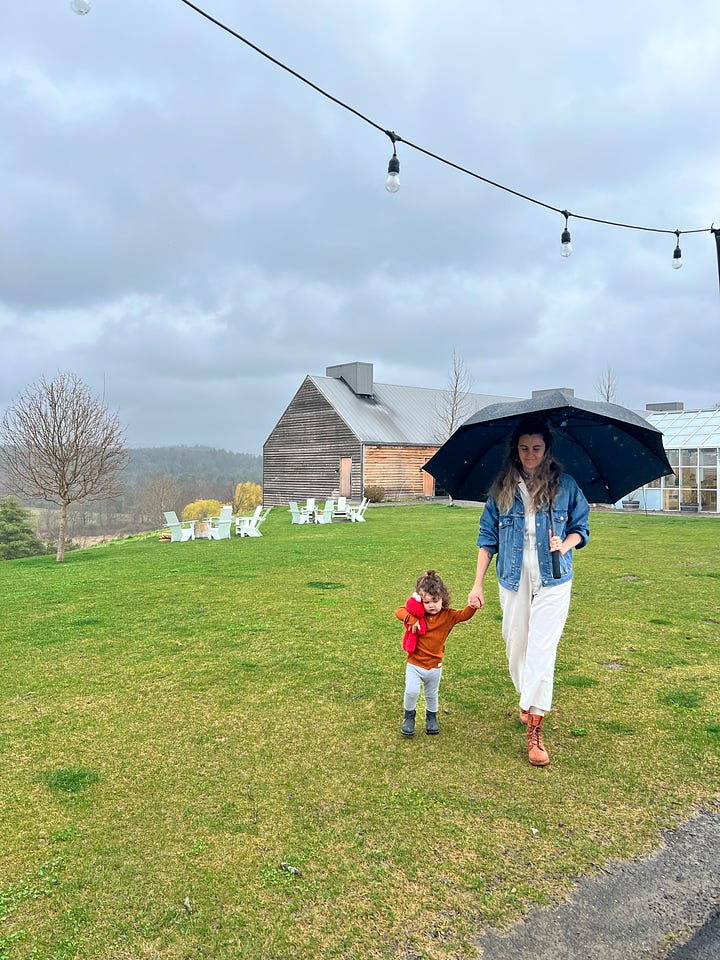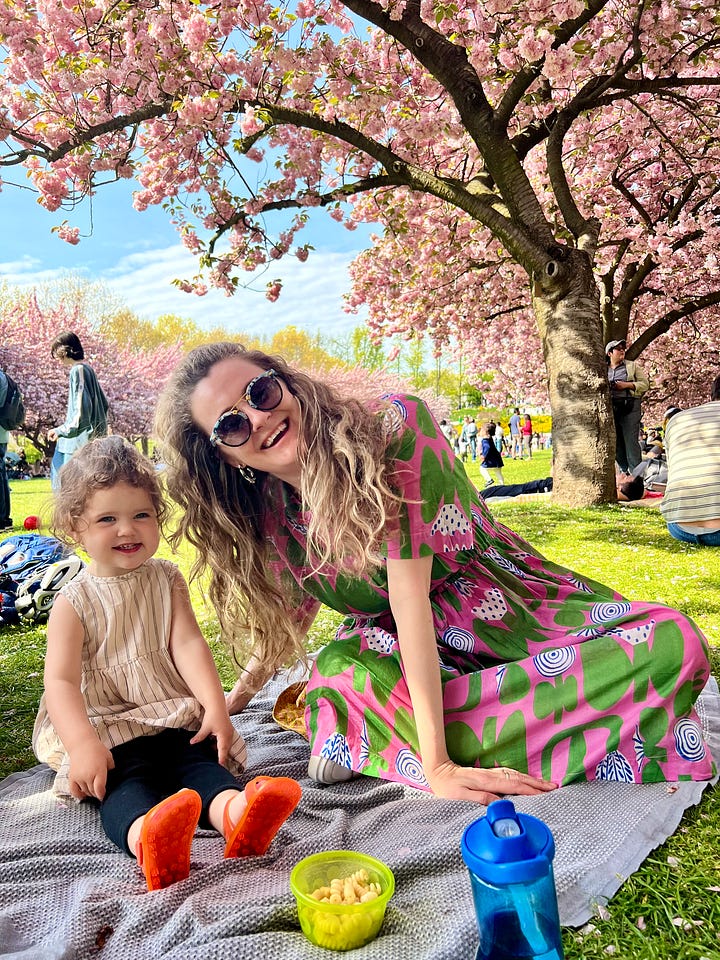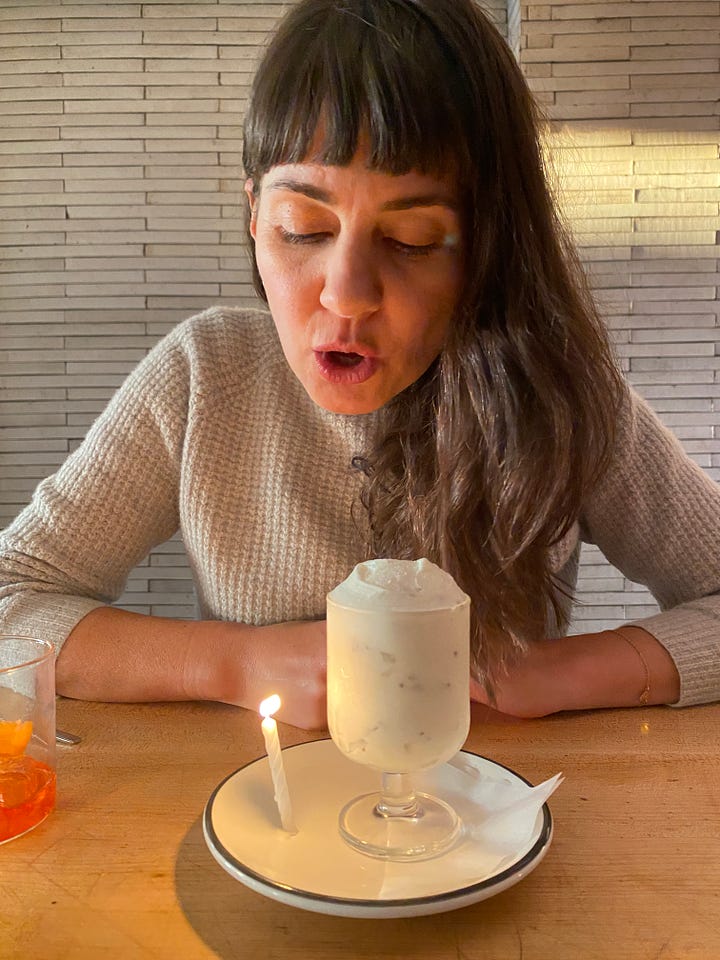What makes a scene a scene, how to create chemistry between characters, and pop culture recs!
Welcome to my April newsletter, babes!




It’s finally hot in New York City, praise Buffy. All the tulips boldly springing forth have got me thinking about the power of planning because this month, I’m hard at work developing an extended book outline, a.k.a planned fun.
I’m dreaming up another queer ensemble romantic comedy. My outlines are a chronological breakdown of each chapter, with an overview of the action, occasional dialogue sketches (if I hear them), and the point of the scene: what makes it a scene. My feeling is, if a character has not experienced change, made a choice with significant consequences, felt a deepening of emotion, or learned important new information, the scene might just be exposition or backstory—things are happening but it’s not a scene. I aim to create compelling stories by having every scene do crucial work.
When plotting a book, I pay attention to Romance-specific structure (which I teach in the Romance Workshop)—the beats that make a romance satisfying—as well as classic structure, which craft …
Keep reading with a 7-day free trial
Subscribe to Heartbeat by Georgia Clark to keep reading this post and get 7 days of free access to the full post archives.




